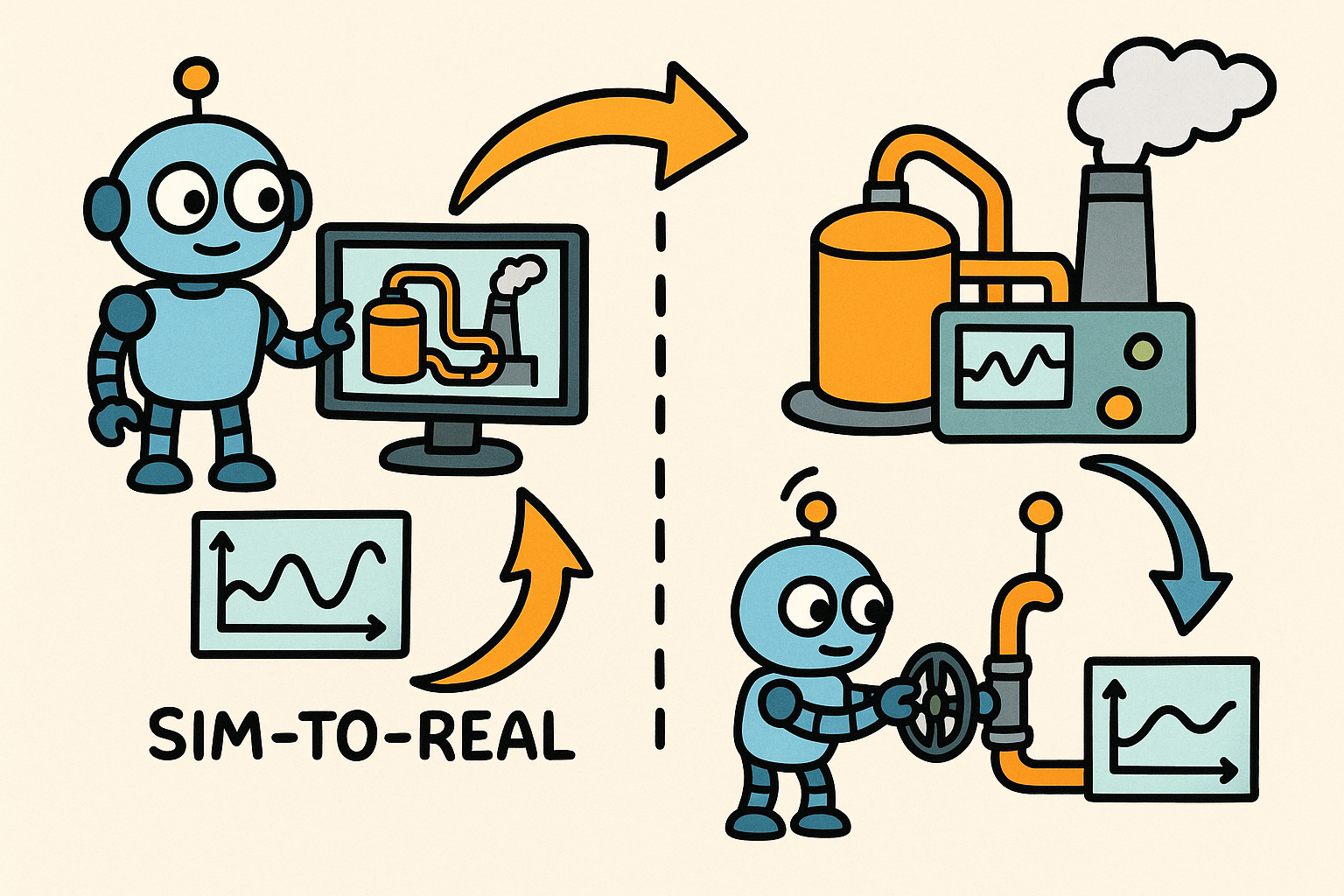Your Cart is Empty
Customer Testimonials
-
"Great customer service. The folks at Novedge were super helpful in navigating a somewhat complicated order including software upgrades and serial numbers in various stages of inactivity. They were friendly and helpful throughout the process.."
Ruben Ruckmark
"Quick & very helpful. We have been using Novedge for years and are very happy with their quick service when we need to make a purchase and excellent support resolving any issues."
Will Woodson
"Scott is the best. He reminds me about subscriptions dates, guides me in the correct direction for updates. He always responds promptly to me. He is literally the reason I continue to work with Novedge and will do so in the future."
Edward Mchugh
"Calvin Lok is “the man”. After my purchase of Sketchup 2021, he called me and provided step-by-step instructions to ease me through difficulties I was having with the setup of my new software."
Mike Borzage
AI-Driven Error Detection: Transforming Modern Design Software Through Intelligent Automation
October 03, 2024 4 min read


In recent years, the convergence of artificial intelligence and design software has initiated a profound transformation in the design industry. The integration of AI into design processes is not merely an enhancement but a fundamental shift that addresses the complexities and challenges of modern projects. As designs become more intricate and the demand for precision intensifies, AI-driven tools emerge as indispensable assets, particularly in automated error detection. This evolution reflects a broader trend where technology augments human capabilities, leading to more efficient and innovative design solutions.
Definition and Scope
Artificial Intelligence (AI) refers to the simulation of human intelligence processes by machines, especially computer systems. In the context of design software, AI encompasses a range of technologies that enable computers to perform tasks that typically require human intelligence. These tasks include learning from data, recognizing patterns, making decisions, and understanding natural language. The relevance of AI in design software is underscored by its ability to handle complex computations and large datasets, which are increasingly characteristic of modern design projects.
Among the AI technologies utilized in design, machine learning stands out as a key component. Machine learning algorithms allow software to improve its performance by learning from previous experiences without being explicitly programmed for specific tasks. This capability is essential in identifying design patterns and predicting potential errors. Another critical technology is the use of neural networks, which are computational models inspired by the human brain's structure. Neural networks excel at recognizing intricate patterns and relationships within design data, enabling more accurate and sophisticated analysis. These AI technologies collectively enhance design software's ability to automate processes, optimize designs, and reduce the likelihood of errors.
Growing Need for Automated Error Detection
The increasing complexity of design projects amplifies the potential for errors, which can have significant repercussions on both the project's outcome and overall costs. Common design errors include dimensional inaccuracies, material miscalculations, compliance oversights, and compatibility issues among different system components. These errors can lead to delays, budget overruns, and, in severe cases, structural failures or product malfunctions. The traditional reliance on manual error detection is becoming untenable due to the sheer volume of data and the intricacy of modern designs.
The significance of automated error detection is further highlighted by the competitive nature of the design industry, where time-to-market is crucial. As designs incorporate advanced technologies and interdisciplinary elements, the margin for error diminishes. Higher error rates are not only costly but can also tarnish a firm's reputation. Automating error detection through AI addresses these challenges by providing rapid, accurate analysis of designs. This automation reduces the burden on designers, allowing them to focus on creativity and innovation rather than error checking. Moreover, it ensures that errors are identified early in the design process, mitigating the risk of costly revisions later on.
Methodologies for Error Detection
AI implements automated design error detection through several sophisticated methodologies, leveraging advanced computational techniques to analyze and interpret design data. One primary methodology involves machine learning algorithms that identify patterns and anomalies within vast datasets. These algorithms, trained on historical design data, can recognize deviations from established norms, flagging potential errors that might elude human detection. By continuously learning and adapting, these algorithms improve their accuracy over time, enhancing their effectiveness in error detection.
Another critical methodology is the application of natural language processing (NLP) and computer vision techniques. NLP enables AI systems to understand and interpret textual information, such as design specifications, regulatory requirements, and technical documentation. This understanding allows the AI to ensure that the design adheres to all necessary guidelines and standards. Computer vision, on the other hand, empowers AI to analyze visual elements of designs, such as CAD models or architectural plans. By processing these visual inputs, the AI can detect inconsistencies, misalignments, or structural weaknesses that may not be immediately apparent. Together, these methodologies provide a comprehensive approach to error detection, combining textual and visual analysis to enhance the reliability of design software.
- Supervised Learning: Utilizes labeled datasets to train AI on recognizing known errors.
- Unsupervised Learning: Discovers hidden patterns in data without predefined labels.
- Reinforcement Learning: AI learns optimal actions through trial and error during the design process.
Integration with Existing Design Systems
The integration of AI-driven error detection tools with existing design systems presents both opportunities and challenges. On the one hand, incorporating AI enhances the capabilities of design software, offering advanced functionalities that improve efficiency and accuracy. However, challenges arise in ensuring compatibility between new AI technologies and legacy systems. Many organizations utilize established design platforms that may not readily support AI integration due to differences in data formats, programming languages, or computational requirements.
Moreover, there are challenges and limitations related to the scalability and flexibility of existing systems when accommodating AI tools. Integration often requires significant investment in updating infrastructure, training personnel, and modifying workflows. Designers may need to adapt to new interfaces or methodologies, which can initially hinder productivity. Additionally, concerns about data security and intellectual property arise as AI systems often require access to sensitive design information. Addressing these challenges involves strategic planning, selecting AI solutions compatible with current systems, and ensuring that adequate support and training are provided to ease the transition.
Benefits
Also in Design News

Design Software History: Visualizing Engineering Intent: Feature Histories, Constraints, and Semantic PMI in CAD
December 29, 2025 16 min read
Read More
Sim-to-Real Transfer for Closed-Loop Process Calibration and Control
December 29, 2025 12 min read
Read MoreSubscribe
Sign up to get the latest on sales, new releases and more …



